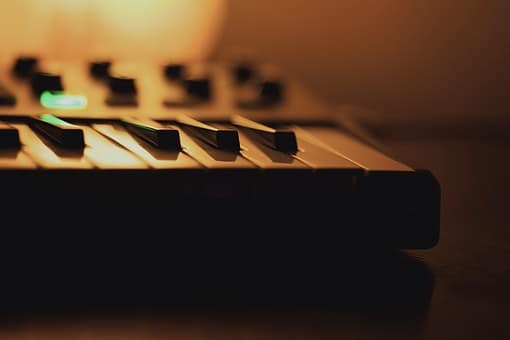Features Of The Best MIDI Keyboards
Musical Instrument Digital Interface (MIDI) keyboards are great additions within a studio setup or on-stage music performances. A MIDI keyboard resembles a piano with a customized interface where the keyboards are used to key in commands and signals to other devices connected or operating within the same MIDI protocol. The MIDI keyboard act as personal computers using piano or synth style keys that are connected to several devices using cables forming a digital audio workstation that sends MIDI information. As a result, the related MIDI information reaches an electronic module that translates it into an array of digital samples or sounds referred to as timbres or voices. Visit 10insights for more information on the best MIDI keyboard. The most common features of the best MIDI keyboards include;
Number of keys

The key count in MIDI keyboards varies considerably with most keyboards having keys that range between 25 to above 80 keys. These keys are used to develop MIDI specifications that synchronize music sounds from multiple synthesizers by the use of a single keyboard. The size of the MIDI keyboard also is determined by the availability of space or whether the player is two-handed. The flexibility of the keyboard controllers has made it a favorite with sound designers and engineers, studio musicians, songwriters and live performers.
Keyboard action type
An important element when choosing a MIDI keyboard is the type of actions it performs. This feature enhances creativity and increases productivity among songwriters and musicians as it fits into several music styles. The keyboard operates in three distinct types which are weighted hammer action, semi-weighted action ad synth action.
Faders, buttons, and knobs
Additionally, a MIDI keyboard features a range of faders, sliders, buttons, and knobs. This creates a panel that transmits MIDI information and gives the user more control over the electronic modules or software used. They also integrate pitch bends and modulation wheels to generate finer sounds. Moreover, using this panel, it is possible to enhance real-time control over synth’s filter cutoff and resonance as well as amp envelope among others. Interestingly, most experts use the controllers to complement auto mapping technology that uses faders and knobs to correspond with software used in MIDI protocols.
I/O options
MIDI keyboards feature multiple I/O options which mean that they can transmit data via USB or other complex setups which accommodate a varied set of jacks. Most MIDI keyboards use the pedal jack which enhances performance.
Performance pads

Not all MIDI keyboards have a piano-style outlook; some use velocity-sensing performance pads that add the after touch sense to the music synthesizers. The actual advantage of the MIDI keyboards is their portability and versatility and that they give hands-on control over a wide range of virtual music software and hardware.
